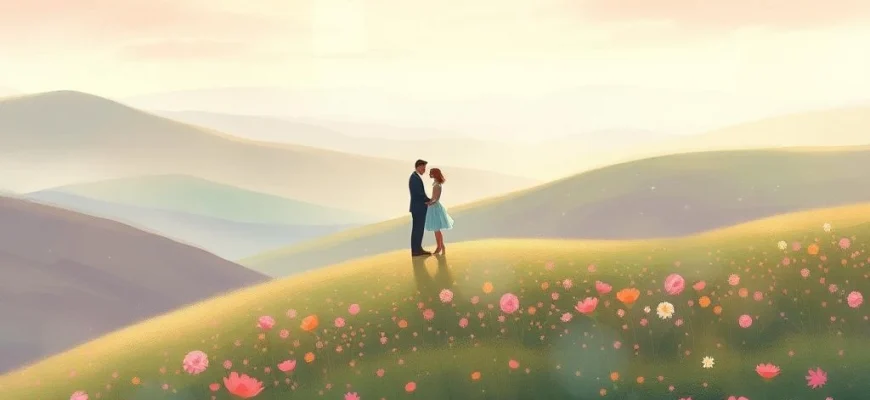If you loved the whimsical romance and dreamy escapism of 'In Your Dreams (2013),' you're in for a treat! This article explores 10 similar movies and shows that capture the same enchanting blend of fantasy, love, and adventure. Whether you're a hopeless romantic or just enjoy a touch of magic in your storytelling, these picks will transport you to worlds as captivating as the original.
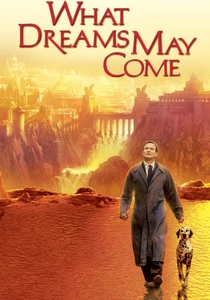
What Dreams May Come (1998)
Description: Portrays an afterlife filled with vivid, painterly landscapes that reflect the protagonist's emotions and memories.
Fact: The film's stunning visuals were inspired by classical paintings, and it won the Academy Award for Best Visual Effects. It was one of the first films to use extensive digital environments.
 Watch Now
Watch Now 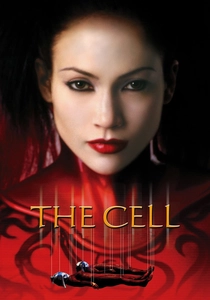
The Cell (2000)
Description: Features surreal, dreamlike sequences that delve into the subconscious mind, with elaborate costumes and sets.
Fact: The film's visual style was influenced by the works of artists like Damien Hirst and Odd Nerdrum. It was one of the first films to blend psychological thriller elements with high-concept art direction.
 Watch Now
Watch Now 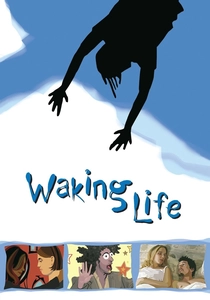
Waking Life (2001)
Description: Uses rotoscope animation to create a fluid, dreamlike visual style, exploring philosophical questions about consciousness and existence.
Fact: The film was one of the first to use digital rotoscoping, a technique that animates over live-action footage. It features a series of vignettes rather than a traditional plot.
 Watch Now
Watch Now 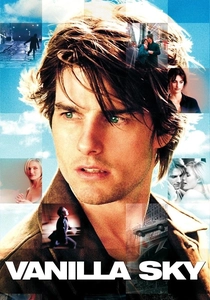
Vanilla Sky (2001)
Description: Blurs the boundaries between dreams and reality, using disorienting visuals and a nonlinear storyline to explore identity and perception.
Fact: The film's soundtrack features songs by Radiohead and Sigur Rós, adding to its surreal atmosphere. It is a remake of the Spanish film 'Abre los Ojos.'
 Watch Now
Watch Now 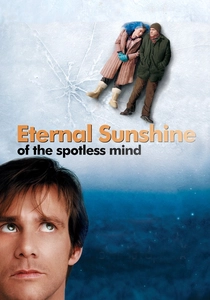
Eternal Sunshine of the Spotless Mind (2004)
Description: Explores the surreal and fragmented nature of dreams and memories, blending reality with fantasy in a visually striking way.
Fact: The film's unique visual effects were achieved by shooting scenes in reverse and using practical effects rather than CGI. It won the Academy Award for Best Original Screenplay.
 Watch Now
Watch Now 
The Science of Sleep (2006)
Description: Delves into the blurred lines between dreams and reality, using whimsical visuals and a dreamlike narrative structure.
Fact: The film features handmade props and sets, including a cardboard city and a woolly cloud, to enhance its dreamy aesthetic. It was shot in both French and English.
 Watch Now
Watch Now 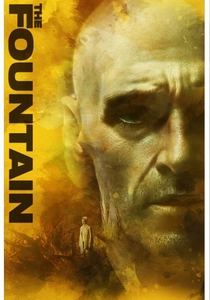
The Fountain (2006)
Description: Uses a nonlinear narrative and lush visuals to intertwine themes of love, death, and transcendence across different timelines.
Fact: The film's production was delayed multiple times, and its budget was significantly reduced. It features a unique visual style that blends practical effects with minimal CGI.
 Watch Now
Watch Now 
Pan's Labyrinth (2006)
Description: Merges dark fantasy with reality, using rich, symbolic imagery to explore themes of escapism and innocence.
Fact: The film's creature designs were inspired by classical mythology and fairy tales. It won three Academy Awards, including Best Cinematography.
 Watch Now
Watch Now 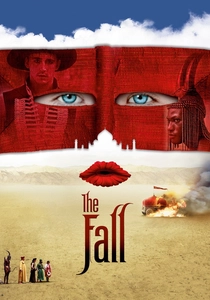
The Fall (2006)
Description: Combines a fantastical narrative with breathtaking visuals, blurring the line between a child's imagination and reality.
Fact: The film was shot in over 20 countries and took four years to complete. It features no CGI, relying entirely on practical effects and real locations.
 Watch Now
Watch Now 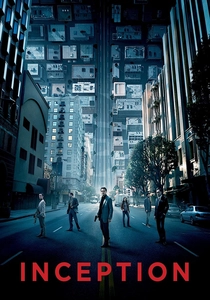
Inception (2010)
Description: Explores the architecture of dreams with a complex, layered narrative and visually stunning dreamscapes.
Fact: The film's iconic rotating hallway scene was achieved using a practical set that could rotate 360 degrees. It won four Academy Awards, including Best Visual Effects.
 Watch Now
Watch Now 
